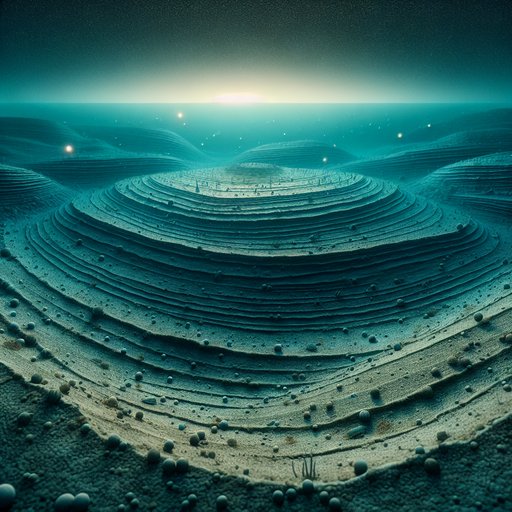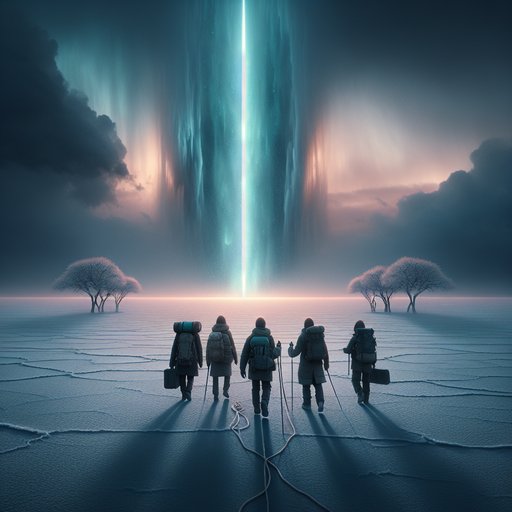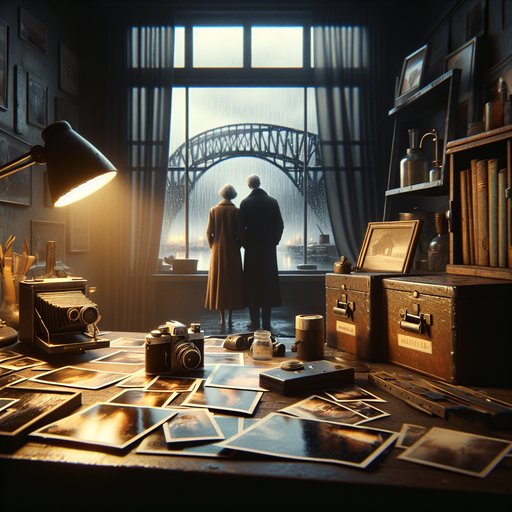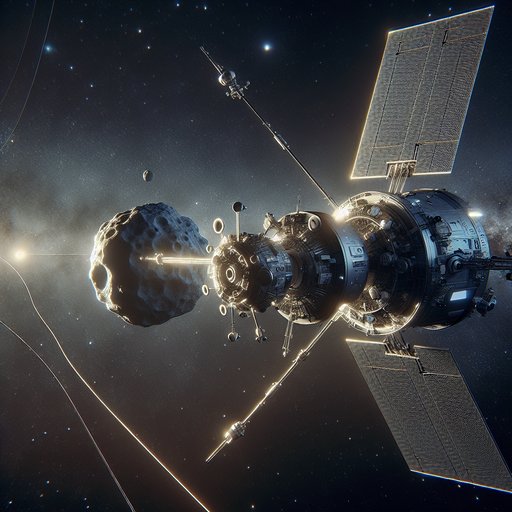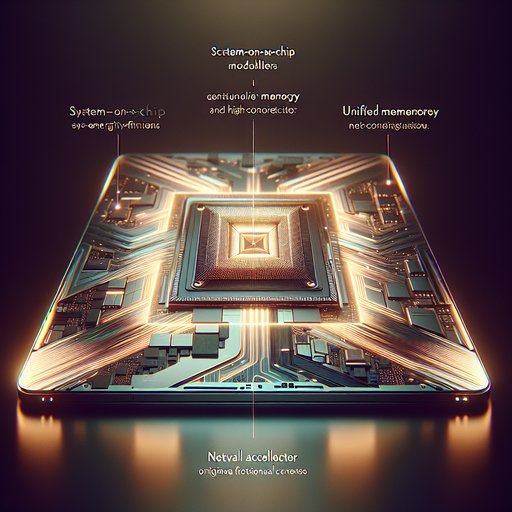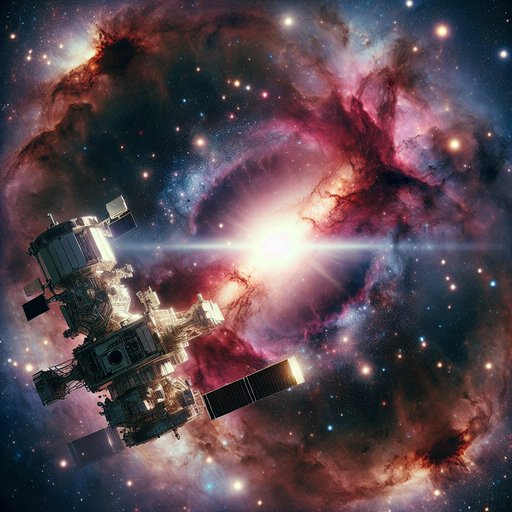
A remarkable celestial event has captured the scientific community's attention as two of the world’s most powerful space telescopes, the James Webb Space Telescope and the Hubble Space Telescope, combined their capabilities to explore a cosmic nursery. This joint operation focused on the Small Magellanic Cloud, a satellite galaxy of the Milky Way, providing unprecedented insights into the process of star formation [2]. The collaboration has not only enriched our understanding of stellar birth processes but also pushed the boundaries of observational astronomy.
The Small Magellanic Cloud, located approximately 200,000 light-years from Earth, serves as a natural laboratory for astronomers studying how stars develop over time [1]. The newly acquired images from Webb and Hubble reveal intricate details of star clusters and the surrounding interstellar medium. The data provide a vivid glimpse into stellar nurseries, showcasing regions dense with gas and dust that are essential for star formation [1]. By merging data from these two telescopes, scientists have gained insights that neither could provide alone.
The James Webb Space Telescope, with its high-resolution infrared capabilities, complements the Hubble’s visible and ultraviolet observations. Infrared imaging is particularly effective in peering through cosmic dust, providing clearer views of the earliest stages of star formation hidden within these dark clouds [1]. By working together, the instruments deliver a full spectrum of light, offering a more comprehensive view of the processes at play in these stellar cradles. This iconoclastic view of the Small Magellanic Cloud not only satisfies scientific curiosity but also pleases the eye.
The images were recently submitted to the ZWO Astronomy Photographer of the Year Awards, an event that celebrates the best in astronomical imaging [2]. With the winners to be announced in September, these captivating photos are contenders for top accolades, inviting stargazers and scientists alike to marvel at the universe’s beauty and complexity [2]. Beyond their aesthetic appeal, these breakthroughs in observation technology hold the potential to answer long-standing questions about the universe’s evolution. As more projects like this unfold, they promise to unveil the mysteries of cosmic events and the lifecycle of stars.
This collaboration heralds a new age in astronomy, where teamwork between cutting-edge technologies paves the way for future discoveries, keeping the cosmos ever in our gaze.
Sources
- James Webb and Hubble telescopes join forces to explore a cosmic nursery: Space photo of the week (Live Science, 2025-07-13)
- Feast your eyes on the shortlisted pics for the 2025 ZWO Astronomy Photographer of the Year Awards (photos) (Space.com, 2025-07-13)


